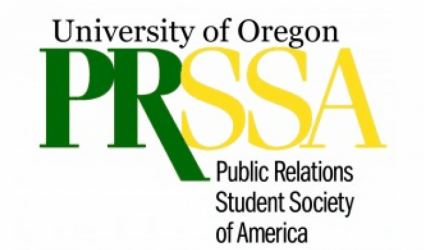Strong writing is one of the most critical skills a PR student can acquire, and yet it’s easy to overlook in favor of more flashy skills like event planning and social media strategy. That’s why we invited PR professor Courtney Munther to lead a writing workshop for chapter members.
Couldn’t make it to Wednesday’s meeting? Here is a recap of Munther’s advice for writing like a pro:
Frame Your Story. By focusing on one aspect of your story it helps to hone in on what you want to address. This gives your readers a sense of direction.
Be Sure to Be a Storyteller. Being a storyteller gives life to your story. Writing is about the human connection and engaging your readers on a deeper level than the surface fluff.
What Are Your Key Messages? Make sure you have your key messages created throughout your story. A key message could make or break the concept of the story you are creating.
Have Compelling Quotes. People will respond if you are using emotion in your writing. While stating the facts works well to inform different publics emotional quotes will cause these publics to respond and act to your cause.
Use Active Voice; Not Passive. In PR it is so important to be concise and get to the point. Cut through the clutter by using an active voice instead of a passive voice. This simplifies your writing into a clear and direct voice. If you have trouble with active voice start with using the subject in the beginning of the sentence instead of the ending with it.
Struggle with Writing? Practice, practice, practice! The best way to get better at your craft is to practice. Be sure to try to write in active voice while practice!
Have any questions or concerns? Feel free to email Courtney at cmunther@uoregon.edu or tweet her at @cmunther.
What are some of the best pieces of advice you have received about writing? Is there any work you have read that has stuck with you? Comment below and share your experiences!
Karly Tarsia is currently a junior majoring in Public Relations. She is also the internal events project manager for UOPRSSA. Feel free to follow Karly on Twitter at @karlytarsia














